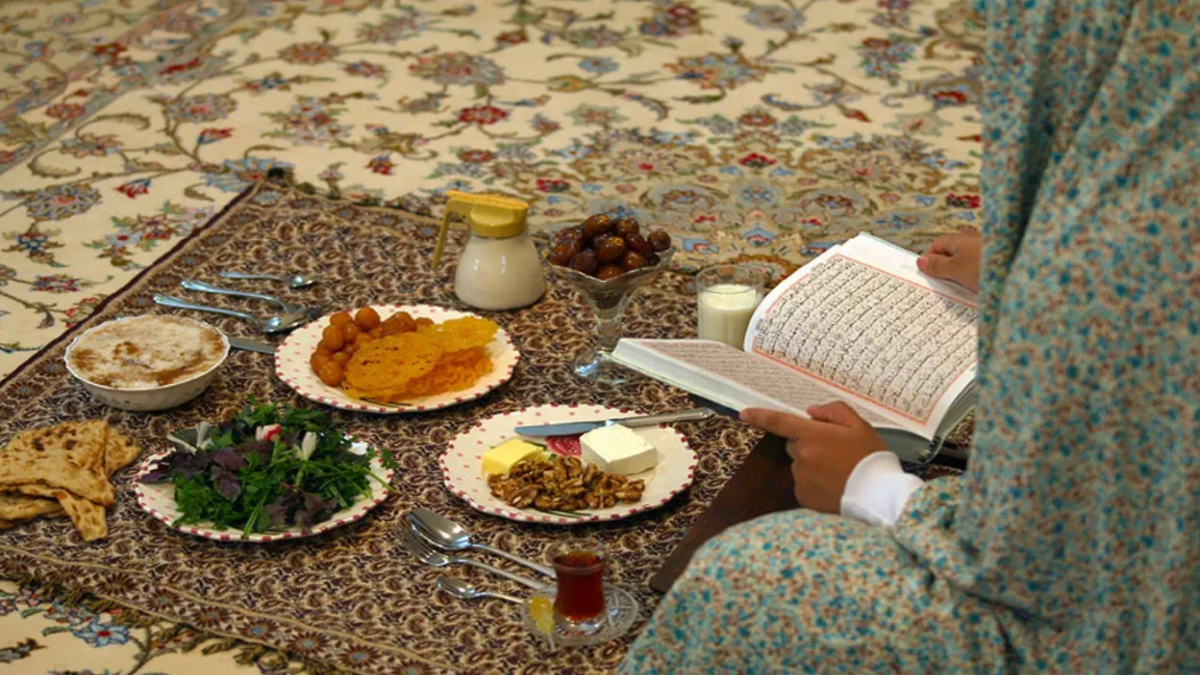
Advertisement
Ramadan, the holiest month in the Islamic calendar, is a time of spiritual reflection, self-discipline, and fasting from dawn until sunset. With the duration of the fast extending over several hours, managing thirst becomes a significant challenge for many individuals observing the fast. However, by implementing practical strategies and adopting healthy habits, it is possible to stay hydrated and maintain well-being throughout Ramadan.
Here are some of the best ways to deal with thirst during this sacred month:
- Pre-dawn Hydration (Suhoor): Suhoor, the pre-dawn meal, serves as a vital opportunity to hydrate the body before the start of the fast. Make sure to consume plenty of fluids, including water, herbal teas, and hydrating fruits such as watermelon and cucumbers, during Suhoor to replenish lost fluids and prepare the body for the day ahead.
- Consume Hydrating Foods: Incorporate foods with high water content into your Suhoor and Iftar meals to supplement your fluid intake. Fruits like oranges, grapes, and strawberries, as well as vegetables such as cucumbers, tomatoes, and lettuce, can help keep you hydrated while providing essential nutrients and vitamins.
- Avoid Dehydrating Foods and Beverages: During Suhoor and Iftar, steer clear of foods and drinks that can increase thirst, such as caffeinated beverages, salty foods, and overly sugary snacks. These items can contribute to dehydration and leave you feeling parched throughout the day.
- Sip Water Slowly at Iftar: When breaking your fast at sunset (Iftar), resist the temptation to drink large amounts of water quickly. Instead, pace yourself and sip water slowly to rehydrate the body without overwhelming your system. This approach allows for better absorption of fluids and prevents discomfort.
- Distribute Fluid Intake: Throughout the non-fasting hours, aim to distribute your fluid intake evenly to prevent dehydration. Keep a water bottle or container of fluids nearby, and take regular sips to maintain hydration levels without overloading your stomach.
- Electrolyte Balance: In addition to water, consider consuming beverages that contain electrolytes to replenish minerals lost through sweating. Coconut water, sports drinks, and homemade electrolyte solutions can help restore electrolyte balance and prevent dehydration-related issues.
- Limit Physical Exertion: Schedule intense physical activities or outdoor exercises during cooler times of the day to minimize fluid loss through sweating. Opt for lighter exercises or engage in gentle activities like walking or yoga to conserve energy and reduce thirst.
- Seek Shade and Rest: When outdoors, seek shade and rest whenever possible to avoid excessive sun exposure, which can accelerate fluid loss and increase thirst. Taking breaks in shaded areas can help regulate body temperature and prevent dehydration.
- Monitor Hydration Levels: Pay attention to your body’s signals and monitor signs of dehydration, such as dry mouth, dark urine, fatigue, and dizziness. If you experience any of these symptoms, prioritize rehydration by drinking water and consuming hydrating foods to restore fluid balance.
- Consult a Healthcare Professional: If you have underlying health conditions or concerns about managing thirst during Ramadan, consult with a healthcare professional or a registered dietitian for personalized advice and guidance tailored to your needs.
By incorporating these practical strategies into your daily routine, you can effectively manage thirst during Ramadan while honoring the spiritual significance of the fasting period. Remember that staying hydrated is essential for maintaining overall health and well-being, particularly during periods of fasting and spiritual devotion. With mindful hydration practices, you can navigate Ramadan with ease and focus on the spiritual journey ahead.
